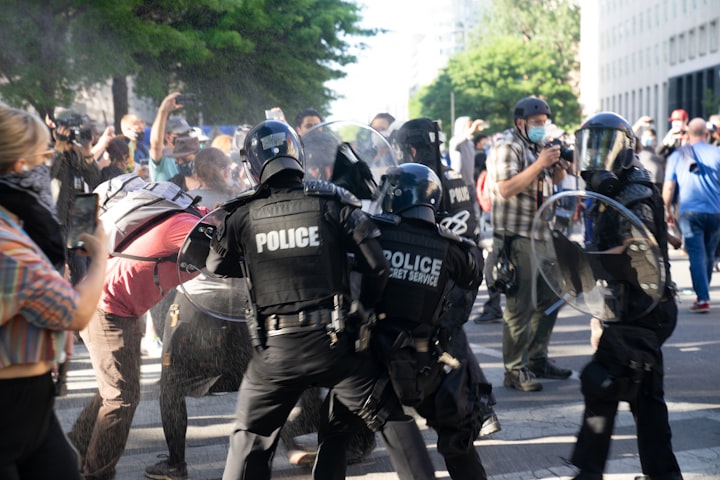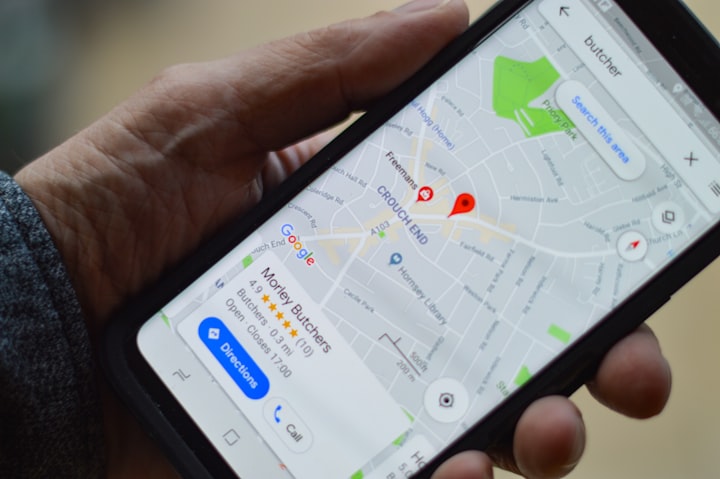Police Brutality in America
The damage police brutality has had across the US

Police brutality is an issue that has garnered significant attention in recent years, with countless cases of excessive force, racial profiling, and the abuse of power being exposed to the public eye. This widespread problem has had far-reaching consequences, deeply impacting communities and eroding public trust in law enforcement agencies. In this article, we delve into the deleterious effects of police brutality on the country, its citizens, and the urgent need for systemic reform.
One of the most significant consequences of police brutality is the erosion of public trust in law enforcement. When incidents of excessive force and misconduct occur, the trust between communities and the police force is shattered. Citizens no longer perceive the police as protectors but as potential threats. This breakdown in trust hampers the collaboration necessary for effective crime prevention, as communities become reluctant to cooperate with law enforcement, hindering investigations and further exacerbating crime rates.
Police brutality disproportionately affects marginalized communities, particularly communities of color. Statistics consistently demonstrate a disproportionate number of incidents involving excessive force against racial and ethnic minorities. The perception of racial profiling and discriminatory practices undermines the principles of equality and justice that should underpin our society. It perpetuates a cycle of fear, resentment, and division between the police and the communities they are meant to serve, thereby hindering efforts to build inclusive and harmonious societies.
Victims of police brutality often suffer long-lasting psychological and emotional trauma. Physical assaults, harassment, and the abuse of power can leave individuals with deep-seated fear, anxiety, and post-traumatic stress disorder (PTSD). These effects extend beyond the immediate victims, affecting their families, friends, and entire communities. The psychological toll of police brutality can lead to decreased mental health, heightened social unrest, and diminished overall quality of life.
Police brutality undermines the foundations of a fair and impartial justice system. When those entrusted with upholding the law themselves engage in misconduct, it creates an atmosphere of skepticism and doubt. Cases of excessive force and abuse of power can result in wrongful arrests, false accusations, and unjust convictions, perpetuating an unjust cycle. The erosion of trust in the justice system leads to decreased public cooperation, hampering efforts to ensure safety and justice for all.
Instances of police brutality have repeatedly sparked widespread protests, civil unrest, and movements advocating for change. The high-profile cases, such as the killing of George Floyd and Breonna Taylor, ignited a global outcry against systemic racism and police violence. This escalation of social unrest puts additional strain on the fabric of society, heightening tensions between communities and law enforcement. It is a stark reminder of the urgent need for comprehensive reform and accountability within police departments.
The pervasive impact of police brutality on society cannot be understated. It erodes public trust, perpetuates racial inequality, inflicts psychological trauma, undermines the justice system, and escalates social unrest. Addressing and preventing police brutality is a complex issue that requires a multifaceted approach involving various stakeholders.Only through concentrated efforts to combat police brutality we can strive towards a more equitable and just society, where law enforcement serves as a symbol of protection rather than fear.
Here are some strategies that can help in reducing police brutality:
1. Improve police training: Enhance training programs for law enforcement officers to emphasize de-escalation techniques, conflict resolution, cultural sensitivity, and implicit bias awareness. Promote the use of non-lethal force options.
2. Enhance accountability and transparency: Establish independent civilian oversight boards or mechanisms to investigate and address complaints against law enforcement officers. Encourage the use of body cameras and ensure their proper use and storage to increase transparency.
3. Strengthen community-police relations: Encourage regular community engagement initiatives, such as town hall meetings, police-community partnerships, and community policing programs. Foster trust, dialogue, and cooperation between law enforcement agencies and the communities they serve.
4. Implement stricter policies and guidelines: Review and revise use of force policies to ensure they are clear, consistent, and align with international standards. Ban or limit the use of chokeholds and other potentially lethal techniques. Develop protocols for handling mental health crises and non-violent situations.
5. Improve officer selection and training: Enhance the recruitment process to attract candidates with strong ethical values, empathy, and problem-solving skills. Conduct thorough background checks and psychological evaluations to identify potential red flags.
6. Foster diversity and cultural competency: Encourage diversity within law enforcement agencies to ensure representation from different communities. Provide cultural competency training to officers to enhance their understanding of diverse populations they serve.
7. Strengthen oversight and accountability mechanisms: Establish robust systems for monitoring and tracking incidents of police misconduct. Ensure timely and impartial investigations, and hold officers accountable for their actions through appropriate disciplinary measures, including criminal charges when warranted.
8. Advocate for legislative reform: Work towards comprehensive legislative reforms that address systemic issues contributing to police brutality. This may involve reviewing police union contracts, revising qualified immunity laws, and enacting stricter laws and policies to prevent misconduct.
9. Promote alternative dispute resolution: Encourage the use of mediation and alternative dispute resolution mechanisms to resolve complaints and conflicts between law enforcement and community members, reducing the need for adversarial legal processes.
10. Empower community-led initiatives: Support grassroots organizations and community initiatives that focus on police accountability, advocacy, and the promotion of human rights. Engage in dialogue, education, and outreach programs to empower communities and educate them about their rights.
It is important to note that these strategies need to be implemented in a coordinated manner, involving collaboration among community leaders, law enforcement agencies, policymakers, and civil society organizations to achieve lasting change.
About the Creator
Brandon Stuart
My articles offer informative and educational content. Learn something new, broaden your knowledge and stay updated on the latest developments in a specific areas.






Comments
There are no comments for this story
Be the first to respond and start the conversation.